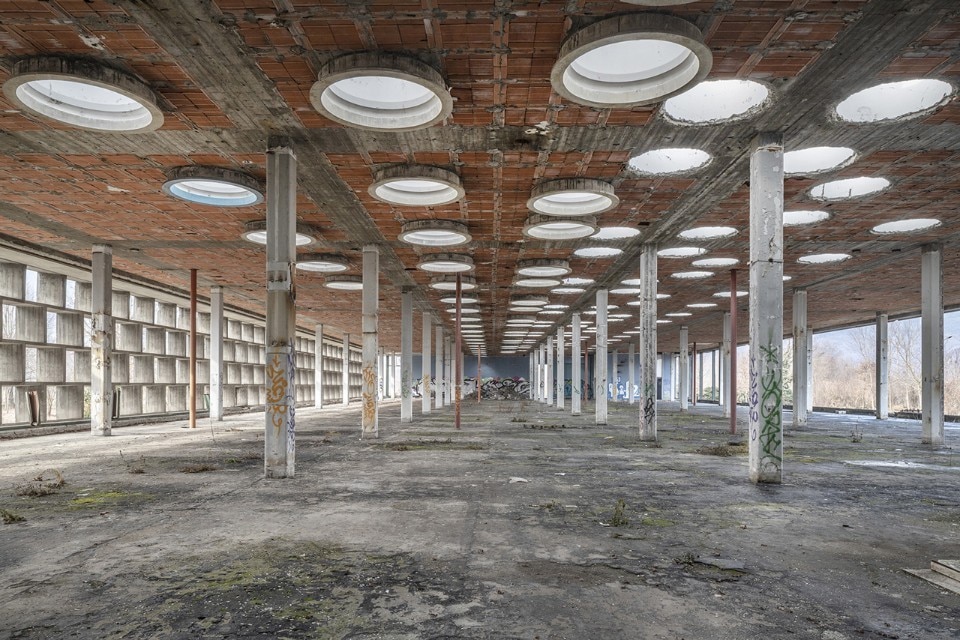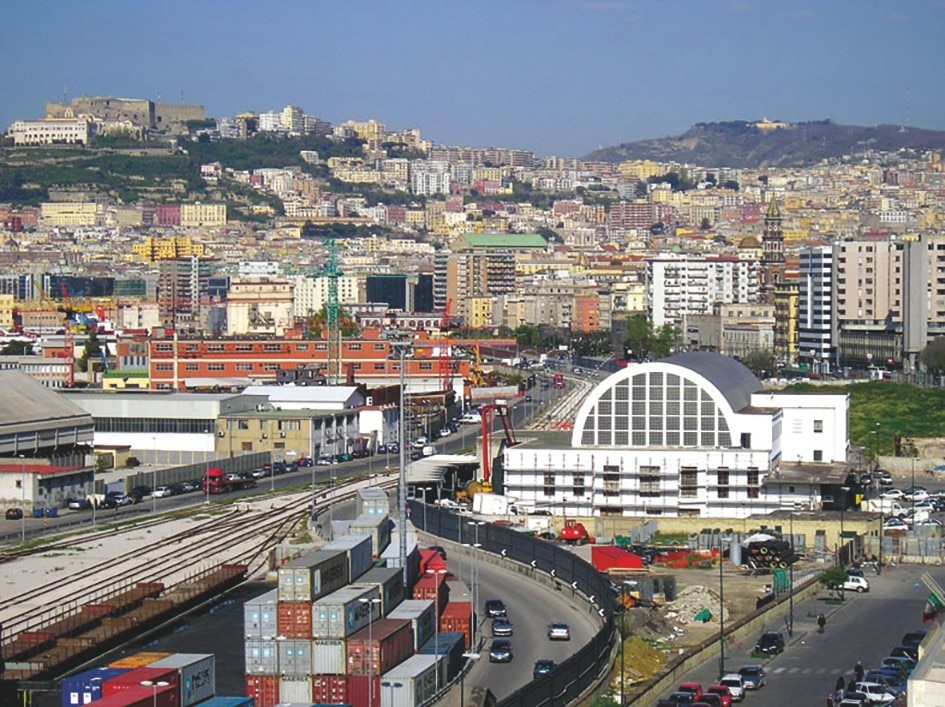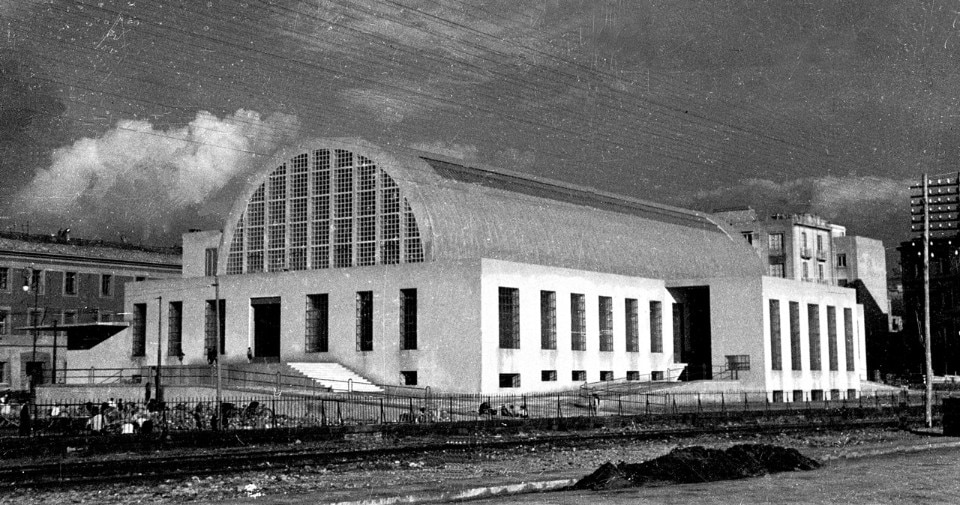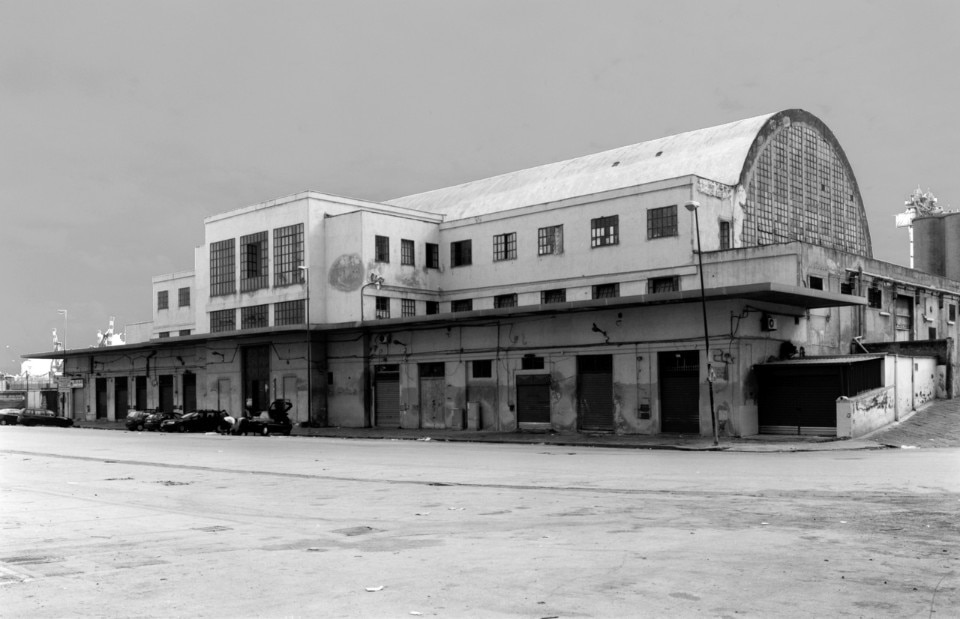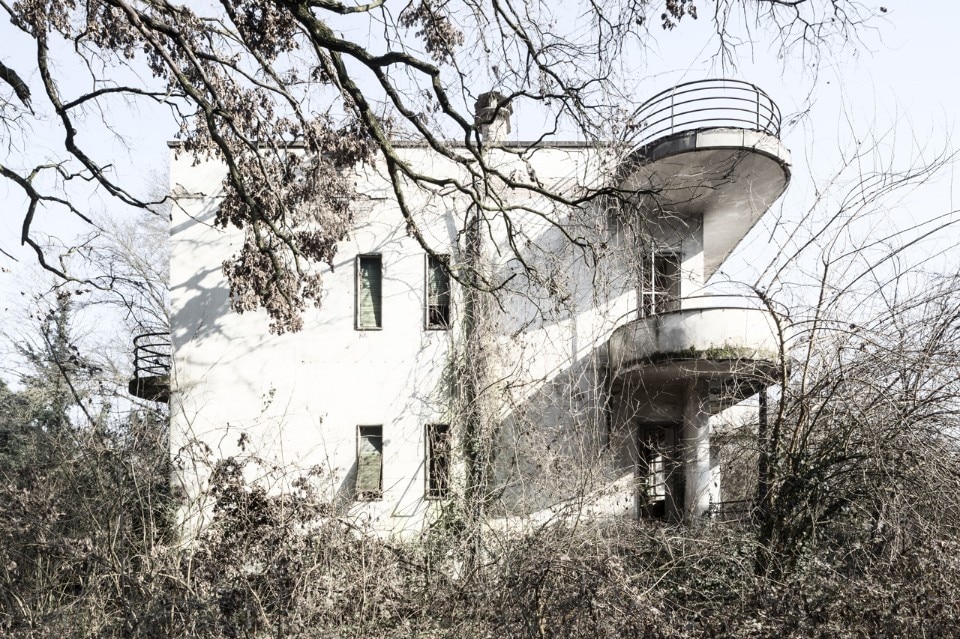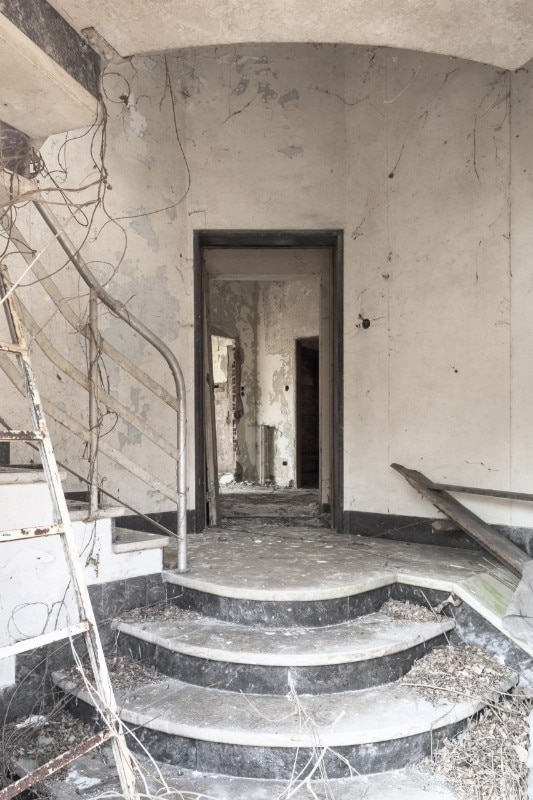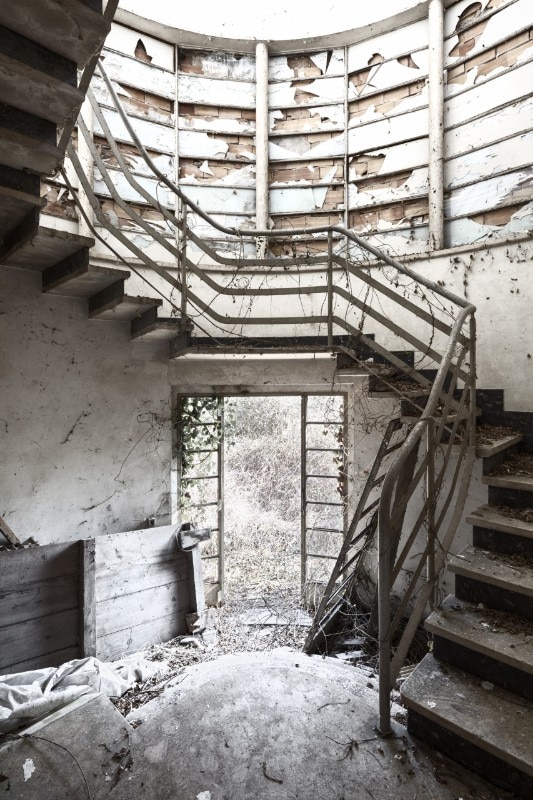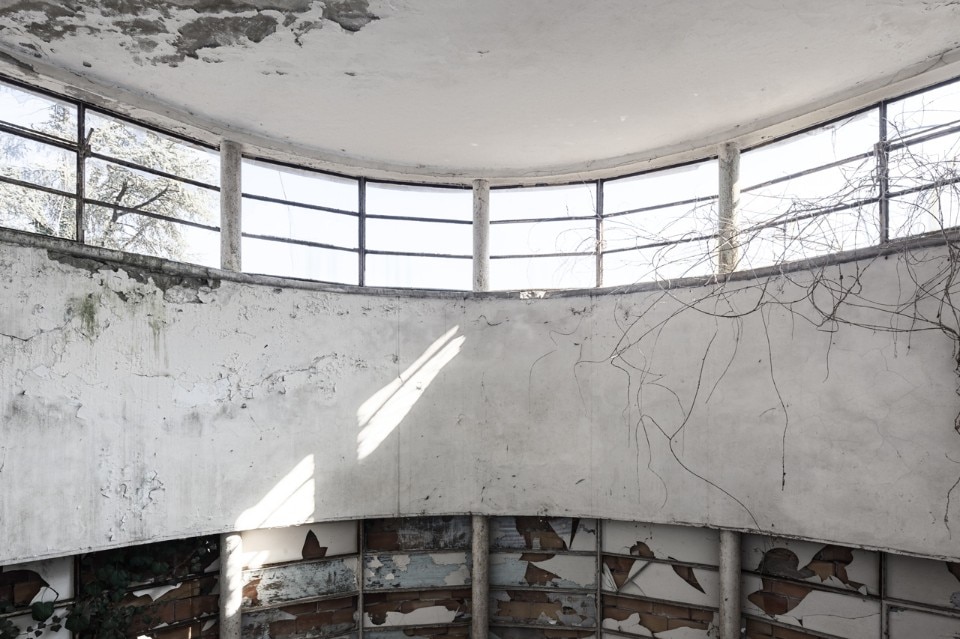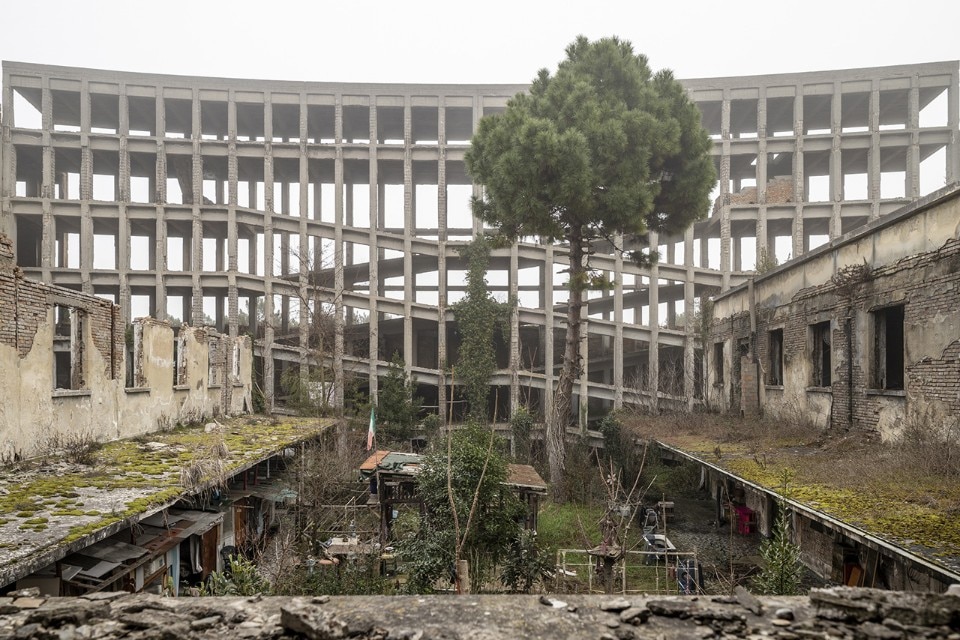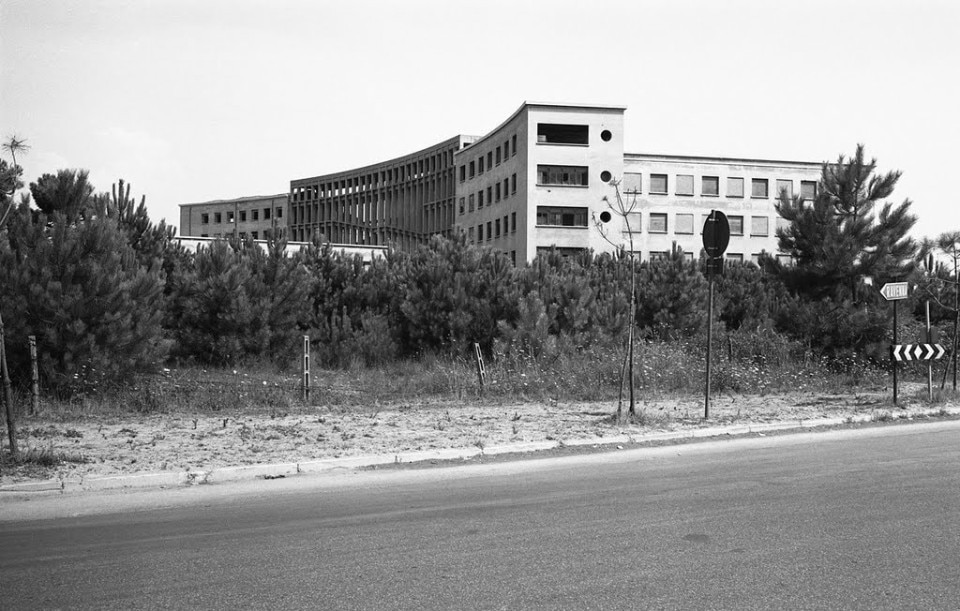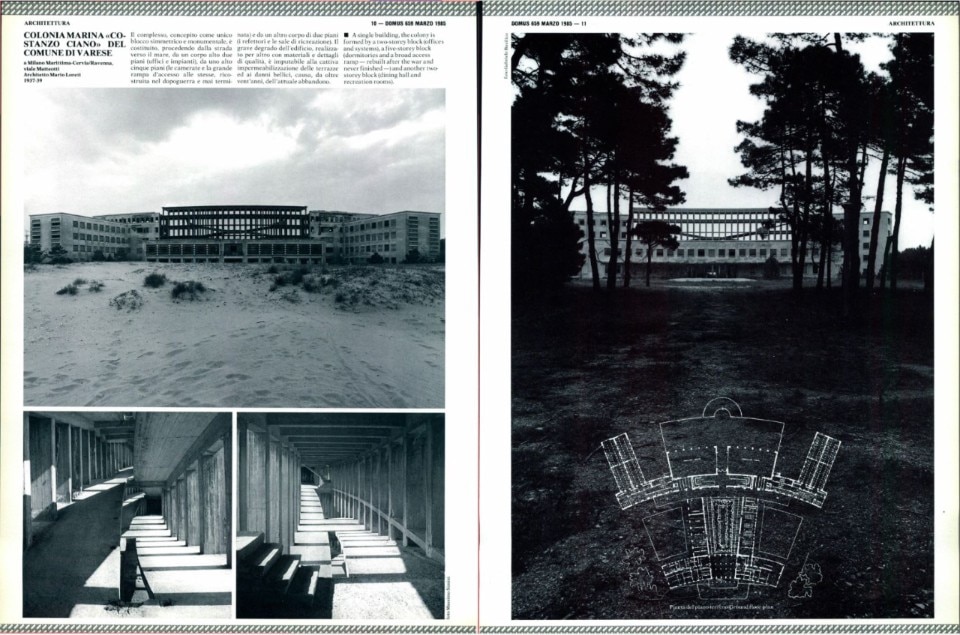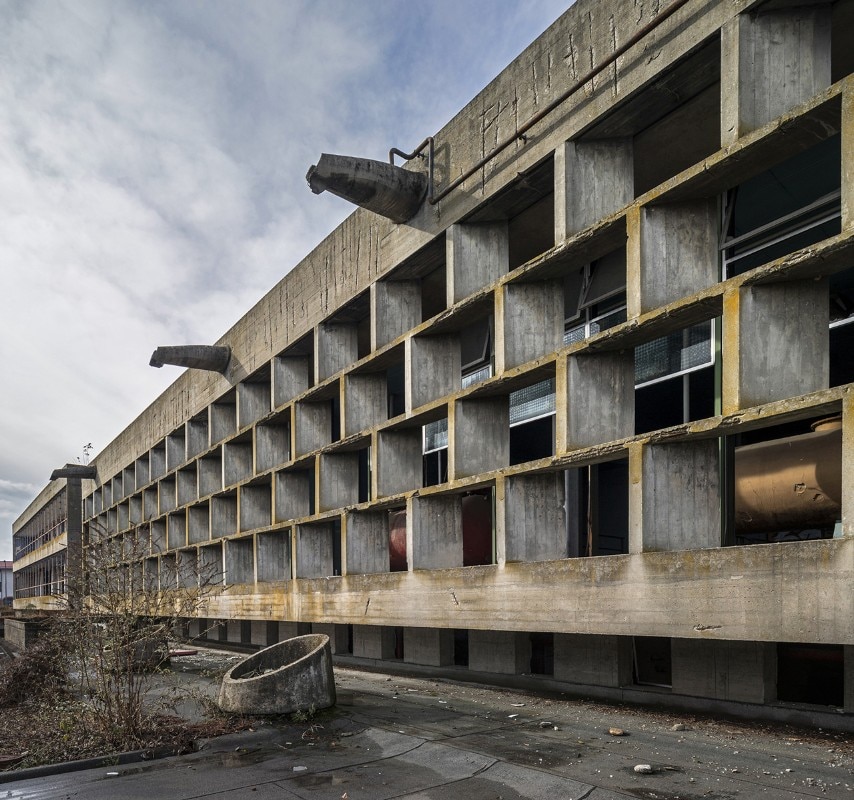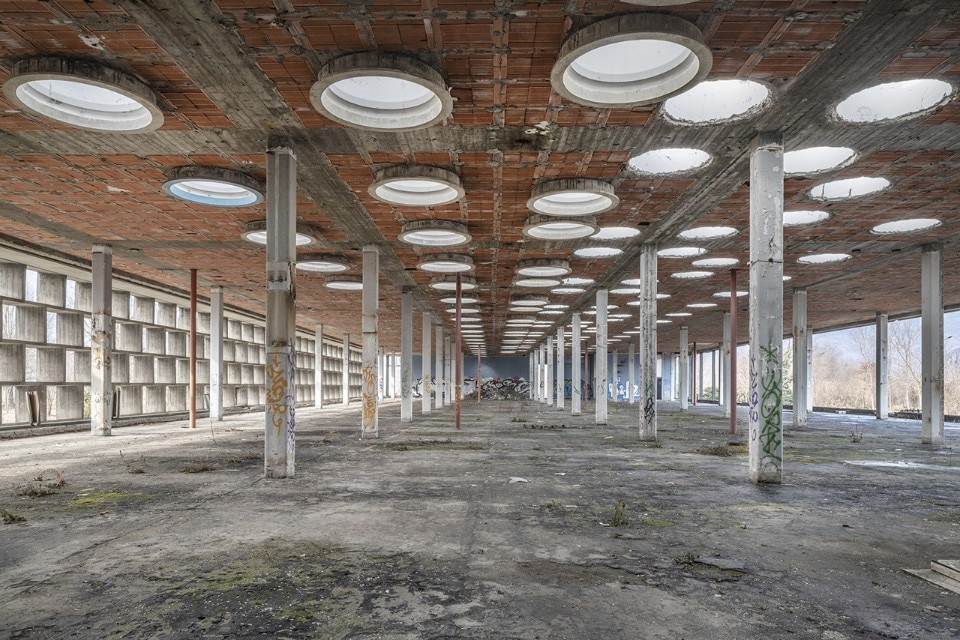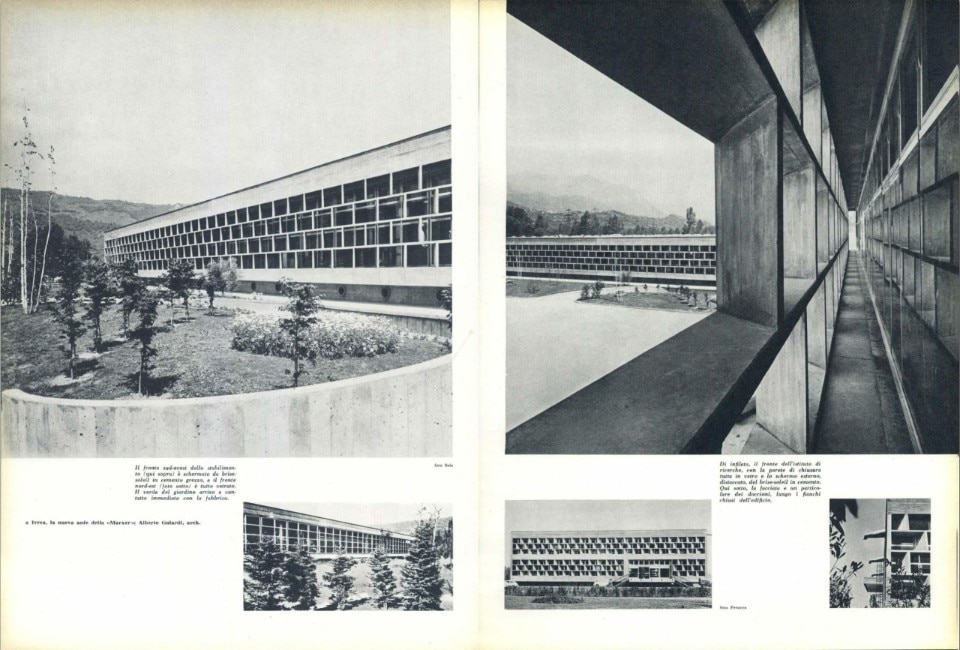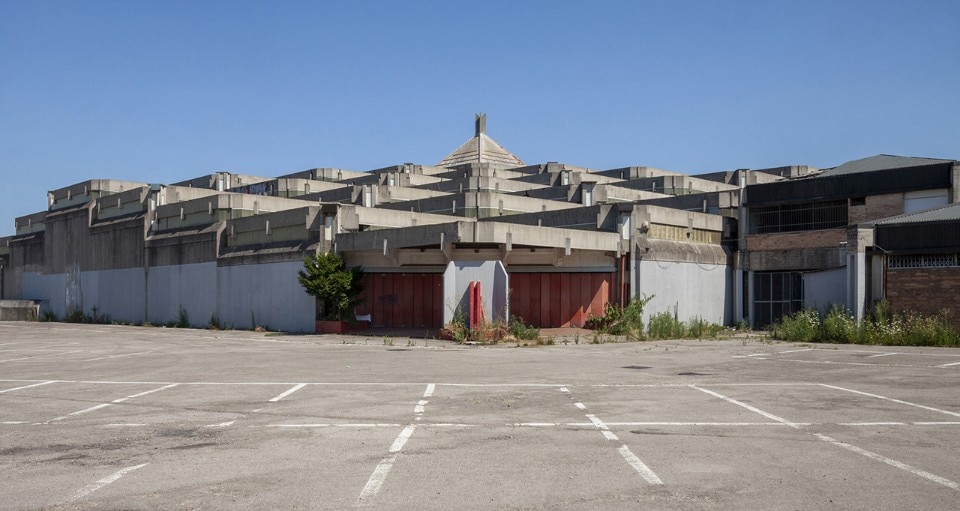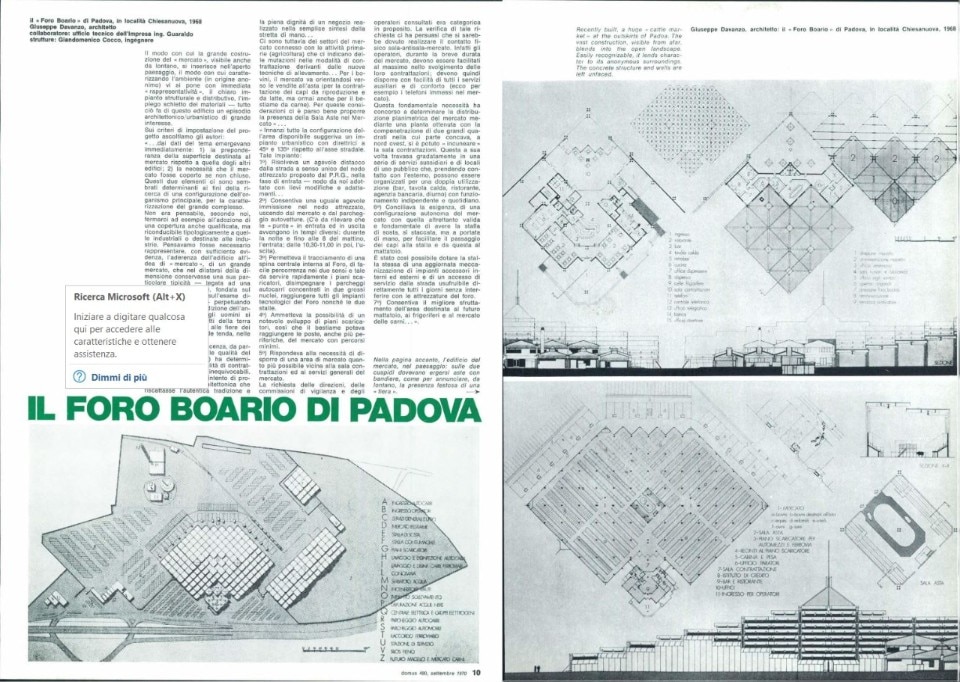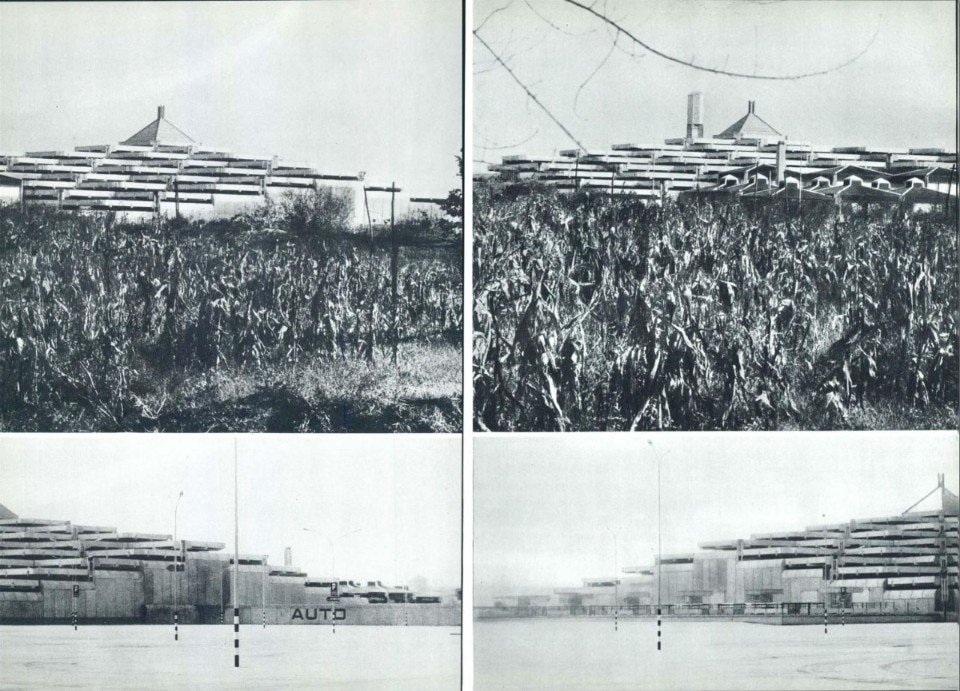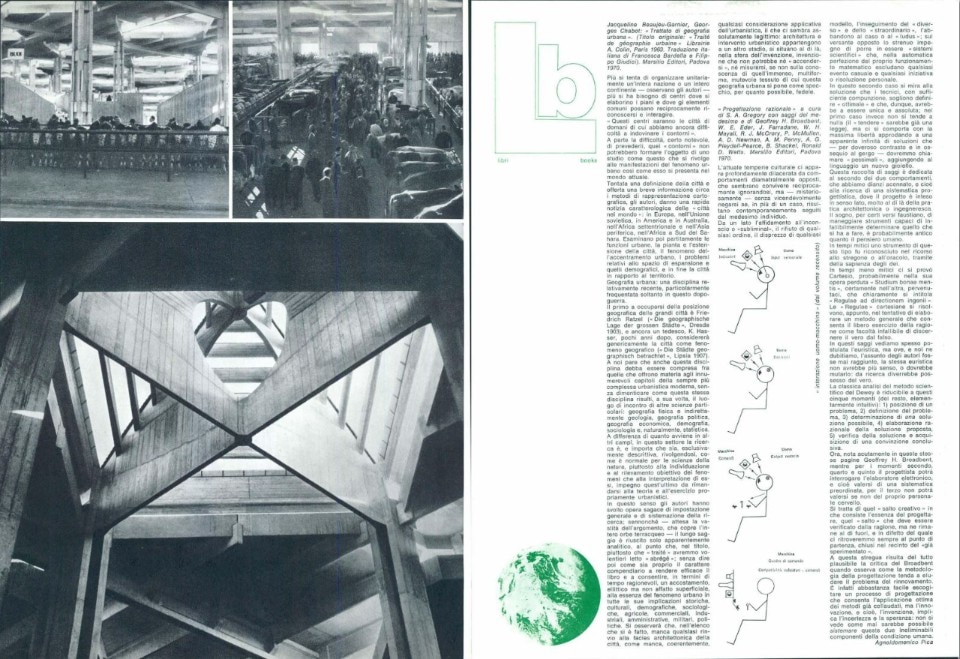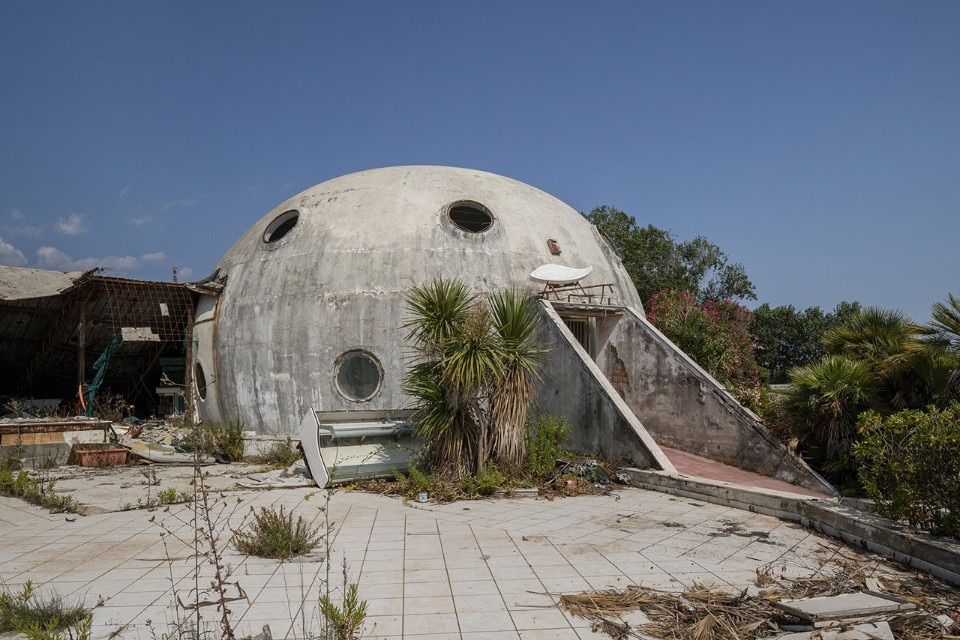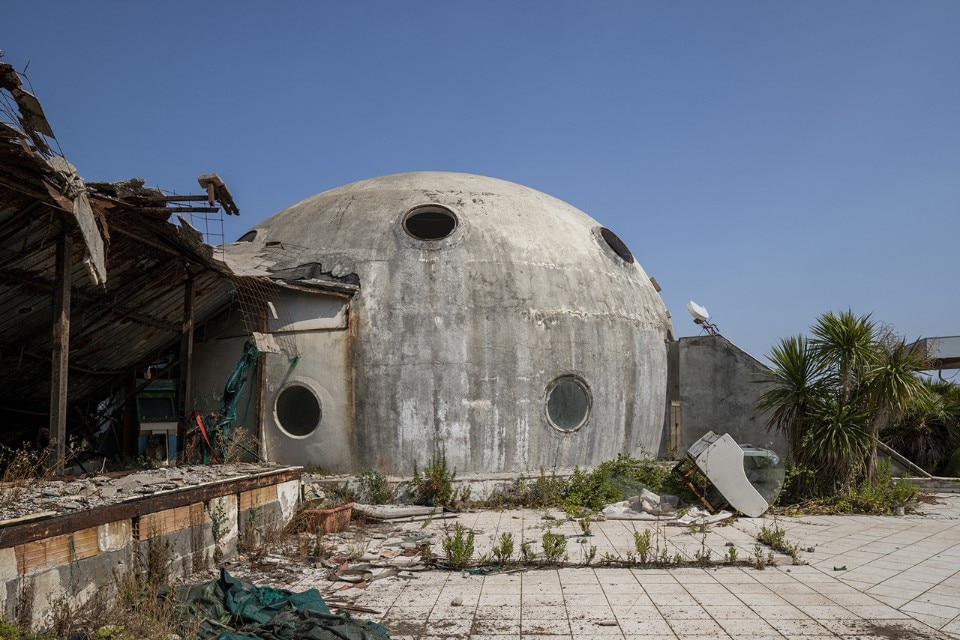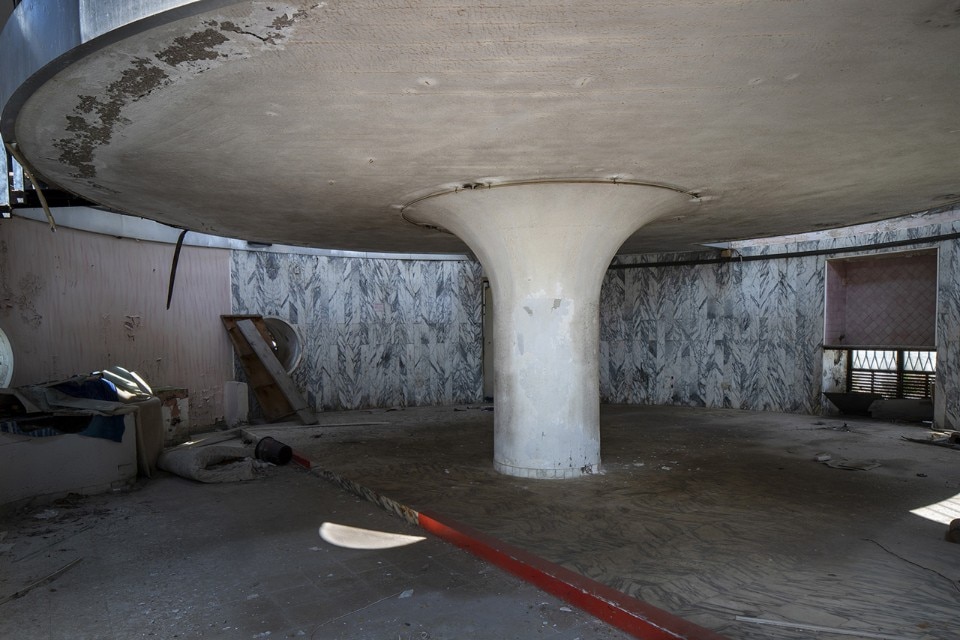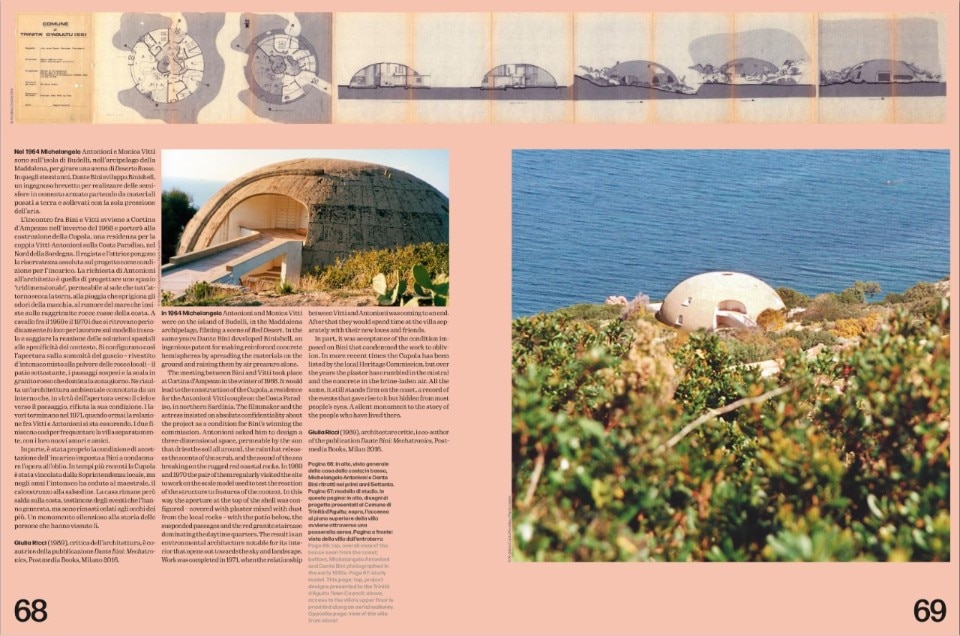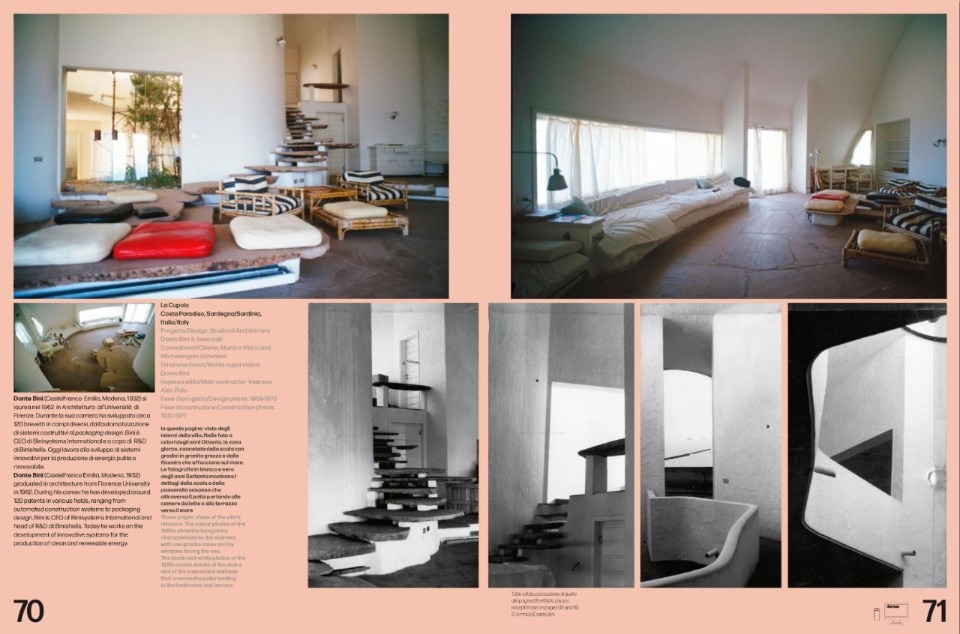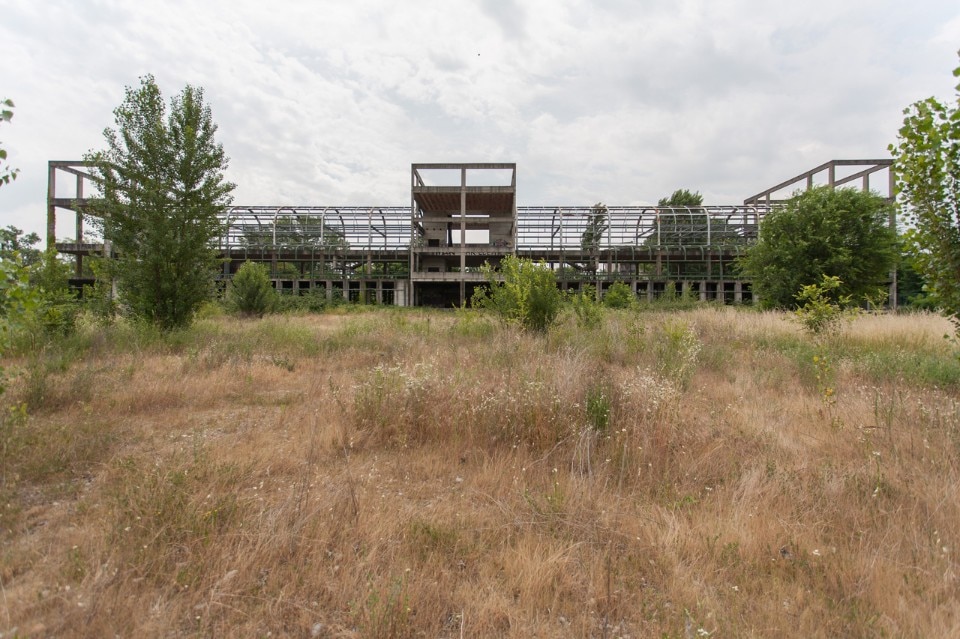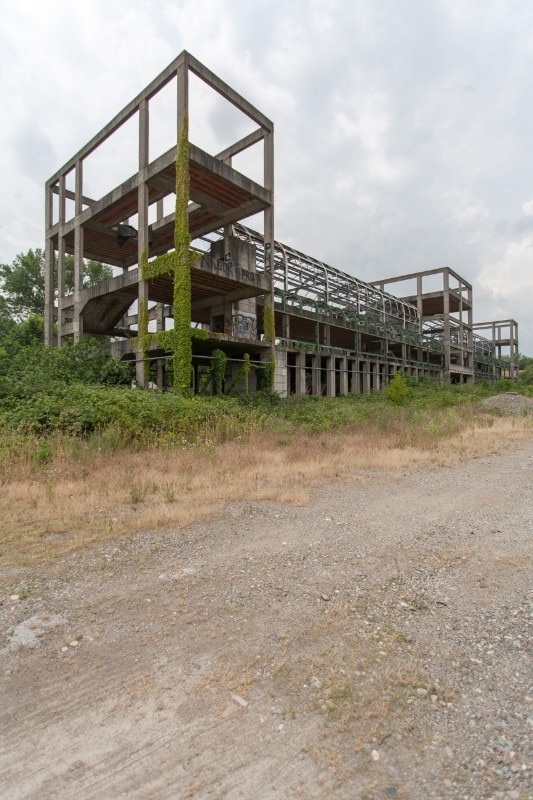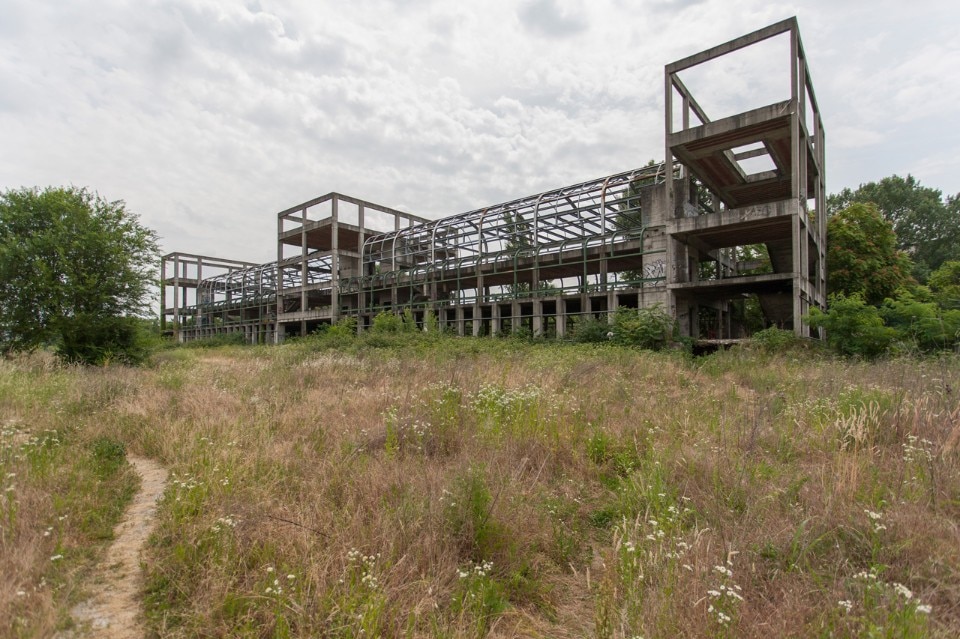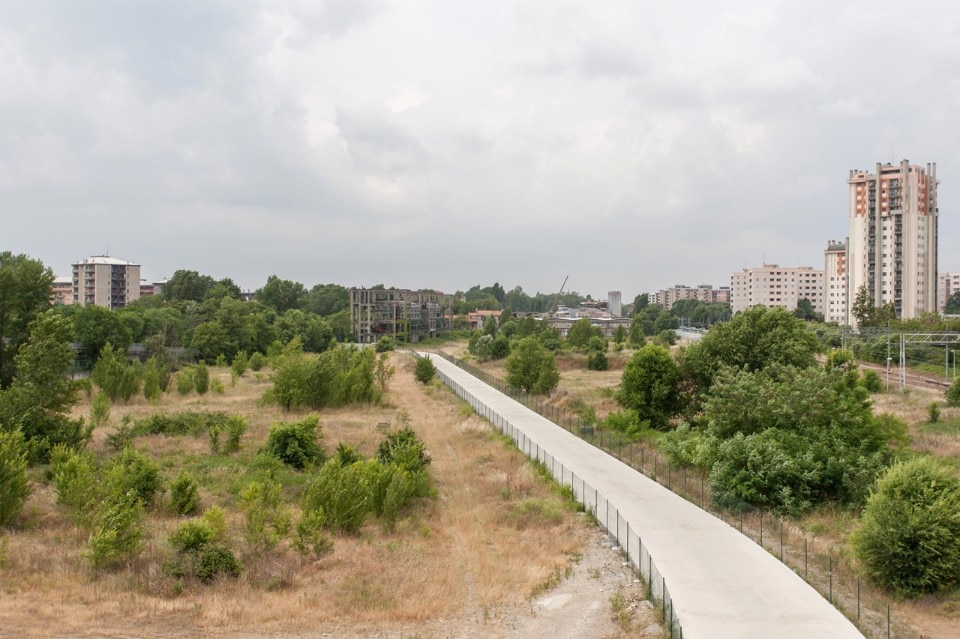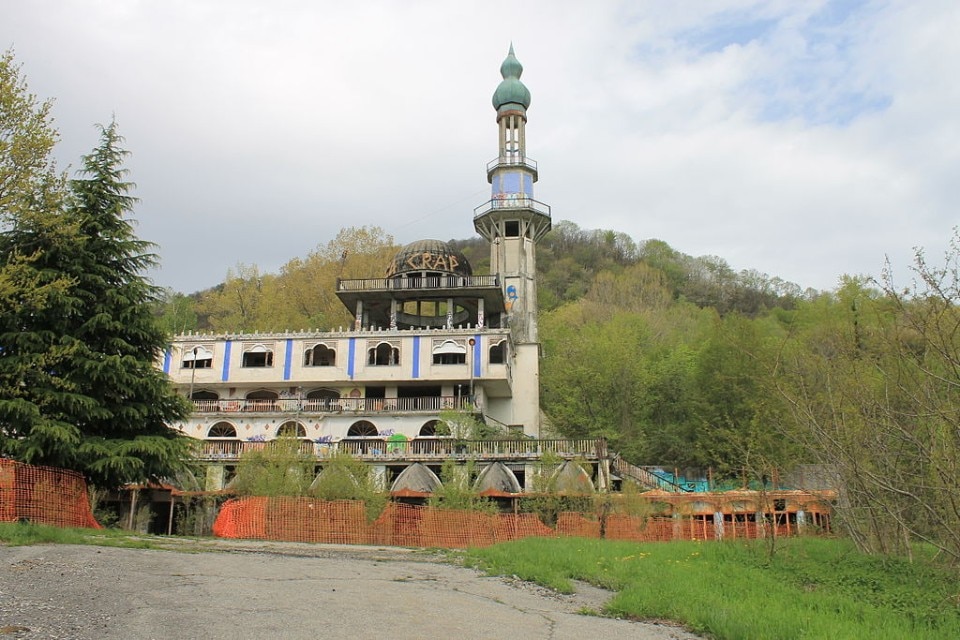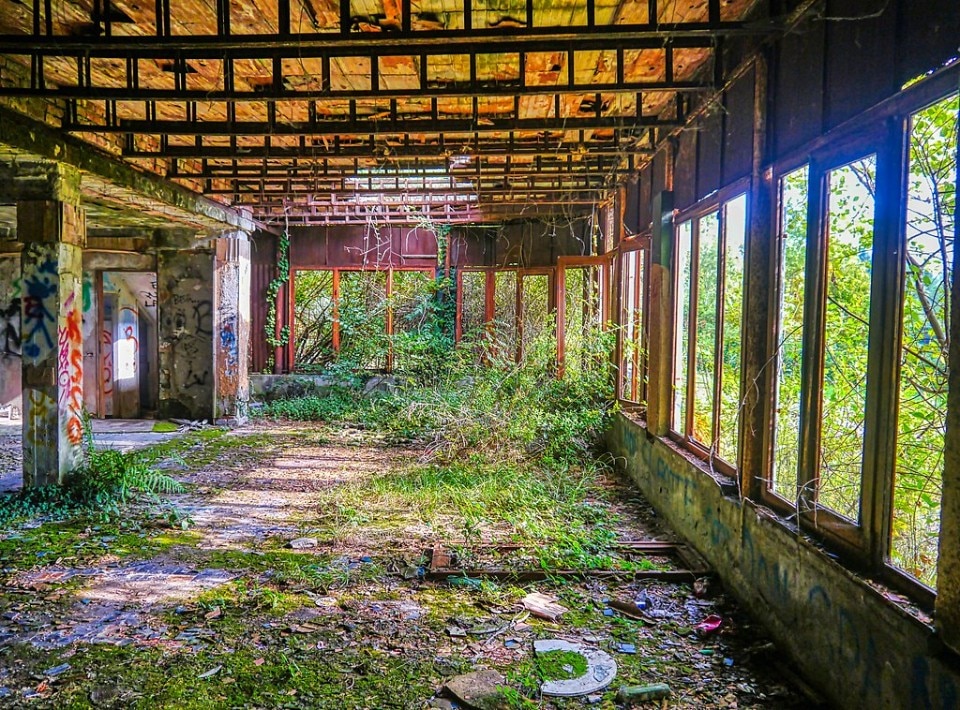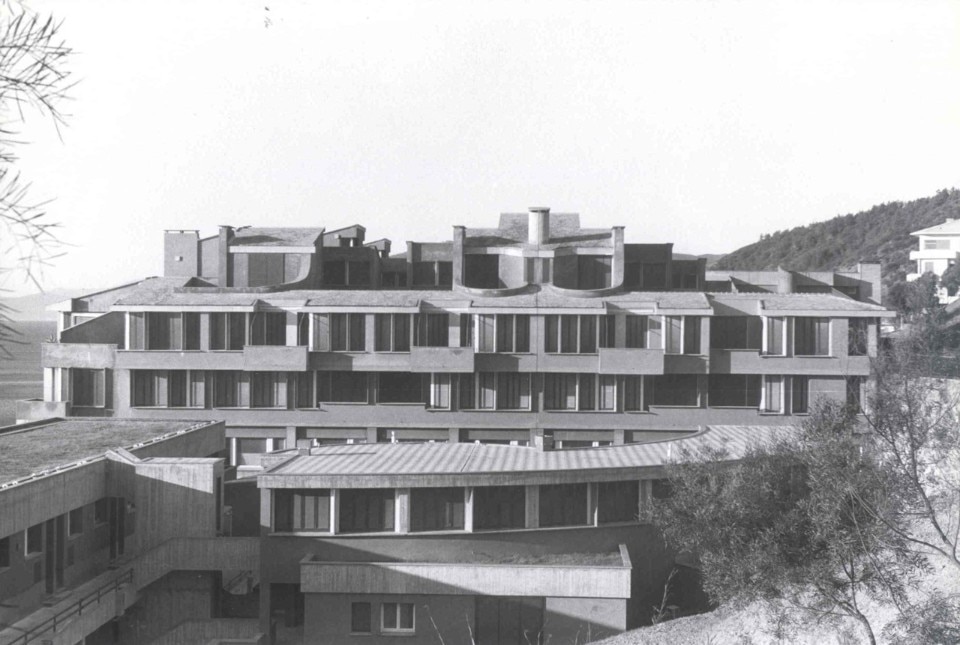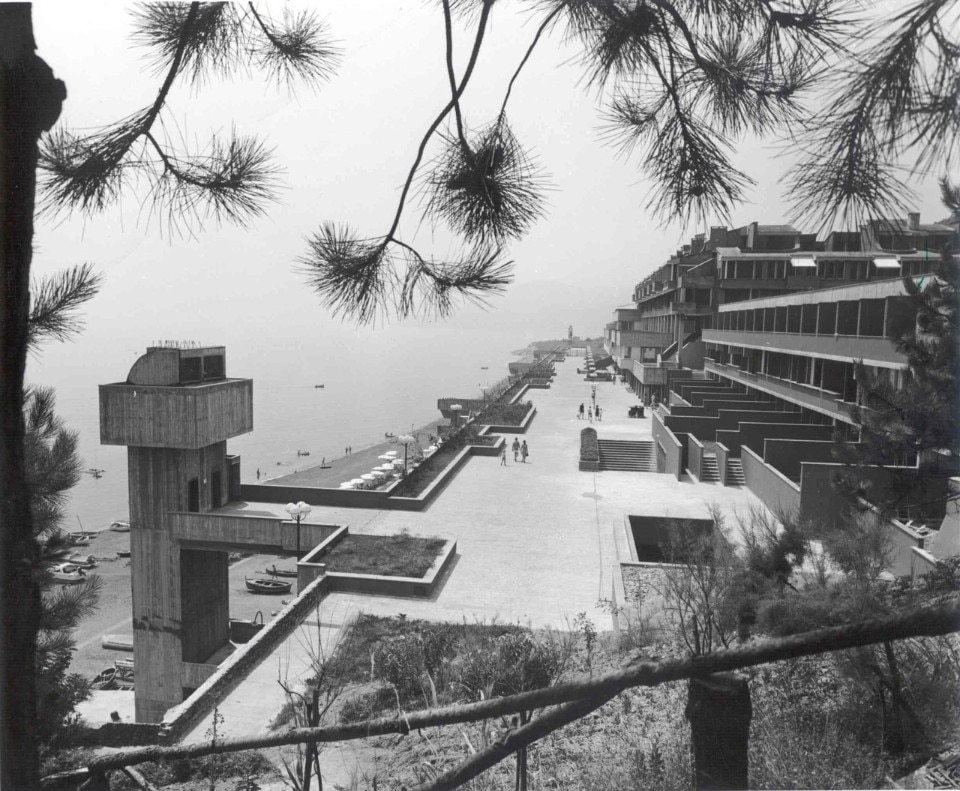Guest Editor Jean Nouvel wrote in his Domus 1066 editorial that architecture, like living beings, is too often irresponsibly abandoned, forgotten, or exploited. For architecture to last, it must be kept alive, so that it can adapt to the new circumstances of the time. Orphans of forward-looking stewardships, sometimes distracted or dormant, these architectures have given a civic look to institutions and powers, hosted symbolic events, and welcomed local populations, marking historical seasons and collective imageries.
Imagining to trace the identikit, a series of connotations are recurring. These are works with a powerful expressive character, in many cases conceived on the tables of famous interpreters of twentieth-century architecture, often destined for extraordinary uses, and often witnesses of a social change that initially brought them into vogue and then discarded once exhausted utility; in other words, once the expiry date has struck.
Looking at them chronologically, we can trace an itinerary across some fundamental phases of Italian architectural culture, from the Rationalism of the 1930s to the Brutalism of the 1960s. The dream of shaping the society of the future with the infinite expressive possibilities offered by concrete casting has clashed with the bitter discovery of the unexpected and unripe perishability of the material. The causes of the decline also include structural changes in the ways of understanding society and inhabiting space, which vary from the organization of public institutions to the evolution of building standards, from the disenchantment following too risky bets to the inadequacy of the context conditions. The list could extend, ultimately reaching a misplaced faith in the ability to regenerate beyond the initial project, as pre-industrial society has instead repeatedly done over the centuries.
The Belpaese is full of abandoned places, and it is sufficient to travel along a highway to come across concrete skeletons, walls devoured up by the ivy, and large storehouses more or less devastated, the results of sociopolitical traumas that led to premature evacuations. In some cases, they are spaces surrounded by the halo of mystery typical of places banned from public use, which, as evidenced by the swarming of dedicated pages on the web and the never-slowing urbex trend, feed the fantasies of those who pass by or arouse the irrepressible propensity for their archaeological rediscovered. In others, they become the temporary habitat of marginalized groups or even the scene of open-air landfills. What remains today of those buildings that society has not managed to reabsorb into its life cycles?


